About 2.4 billion years ago, everything changed for Earth. That was the time of the Great Oxidation Event (GOE), when photosynthetic bacteria flooded the atmosphere with oxygen, banishing early, non-oxygen using lifeforms to the fringes of the Earth. The GOE laid the groundwork for the Earth we see today, dominated by complex, oxygen-breathing lifeforms.
But there’s one detail about the timing of the GOE that has scientists stumped. Photosynthetic bacteria were pumping out oxygen long before the actual GOE; hundreds of millions of years before, in fact.
Where did all the oxygen go?
A new study examined that question. The lead author is Shintaro Kadoya, a University of Washington postdoctoral researcher in Earth and Space Sciences. The study is titled “Mantle data imply a decline of oxidizable volcanic gases could have triggered the Great Oxidation.” It’s published in the journal Nature Communications.
The Earth’s mantle, atmosphere, and life are linked together in a kind of polyamorous feedback loop. They all affect each other. They have throughout the planet’s long history, and they still do to this day. There’s no escaping chemistry.
When photosynthetic lifeforms appeared, they began to produce oxygen as a by-product of their metabolisms. But at first, that oxygen didn’t concentrate in the atmosphere. That’s because of volcanoes, and the makeup of the material that volcanoes brought up from the Earth’s mantle, according to this new study.
When volcanoes are active, they send large amounts of gases into the atmosphere. The nature of those gases depends on the nature of the materials in the Earth’s mantle. Earlier in Earth’s history, volcanoes delivered lots of hydrogen, for example, from the mantle into the atmosphere.
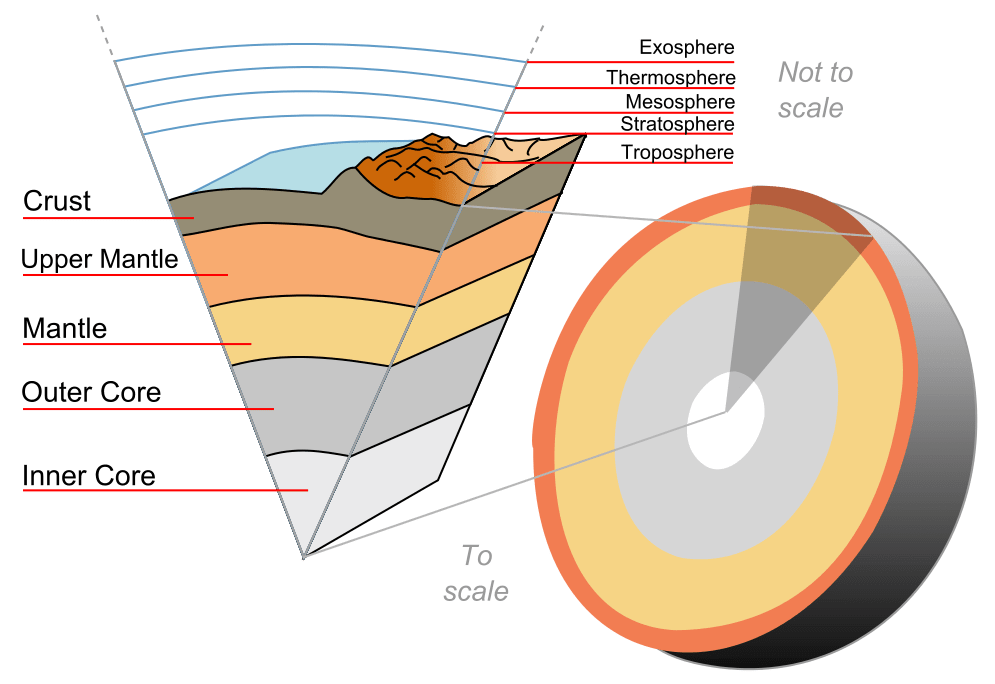
Oxygen is a swinger. It’s highly reactive, and doesn’t hesitate to combine with things like hydrogen. And that’s exactly what happened. It didn’t only happen with hydrogen, it happened with all sorts of other materials that volcanoes brought to the surface.
So even though those early oxygen-producing lifeforms were giving it everything they had, they were fighting an uphill battle. The oxygen they produced combined with things like hydrogen, and was removed from the atmosphere.
“Basically, the supply of oxidizable volcanic gases was capable of gobbling up photosynthetic oxygen for hundreds of millions of years after photosynthesis evolved.”
David Catling, STudy Co-Author, UW Professor of Earth and Space Sciences
So the content of Earth’s ancient mantle was controlling the atmospheric concentration of oxygen through volcanic activity. And until enough oxygen was concentrated in the atmosphere, complex multicellular life couldn’t get going.
Things were stalled.
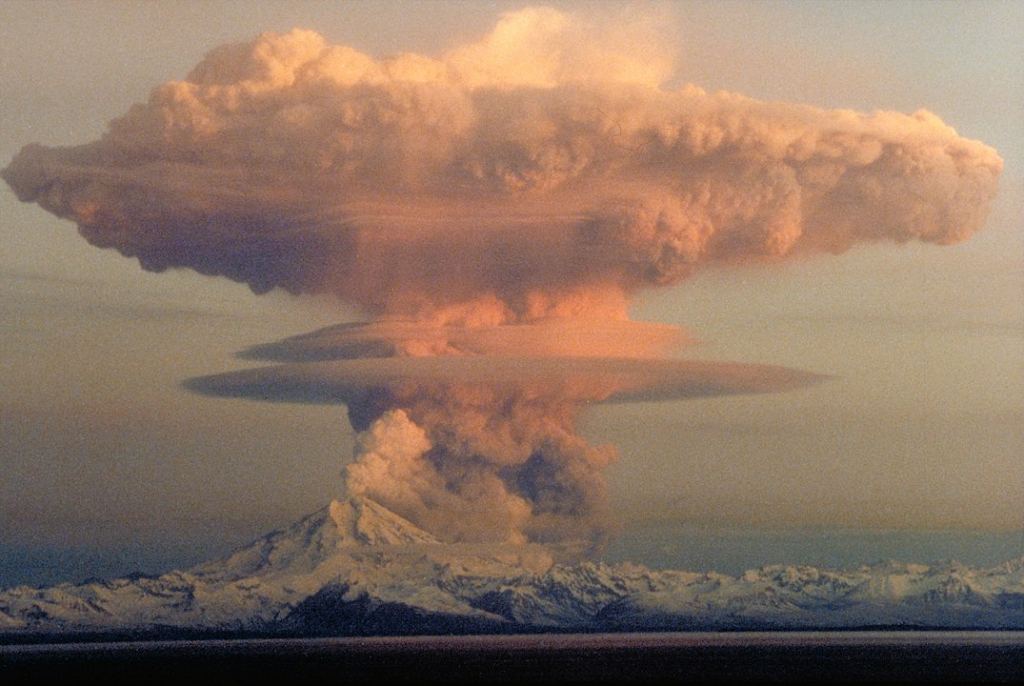
A previous 2019 study showed that Earth’s ancient mantle contained less oxgyen than it does now, and more substances that can react with oxygen. That study was based on volcanic rocks in Canada and South Africa that were 3.55 billion years old. It also shows that Earth’s mantle has become gradually more oxidized as time has passed.
Some of the authors of that 2019 paper are also involved with this new research. This new work takes a more detailed look at how changes in the Earth’s mantle led to changes in the volcanic gases released into the atmosphere.
The work focuses on a period in Earth’s history called the Archean Eon, which began about 4 billion years ago. At that time, the Earth was only about 500 million years old. There was a lot more volcanic activity at the time, and all that volcanic activity was fed by magma and by underground gases.
The mantle is the softer layer of Earth, directly below the crust. This new study shows that the content of the mantle was different back then. It contained more material that hadn’t yet been oxidized. So all that ancient volcanic activity produced ample material for the atmospheric oxygen to combine with, which removed the oxygen from the atmosphere.
Then there was a tipping point in the whole process.
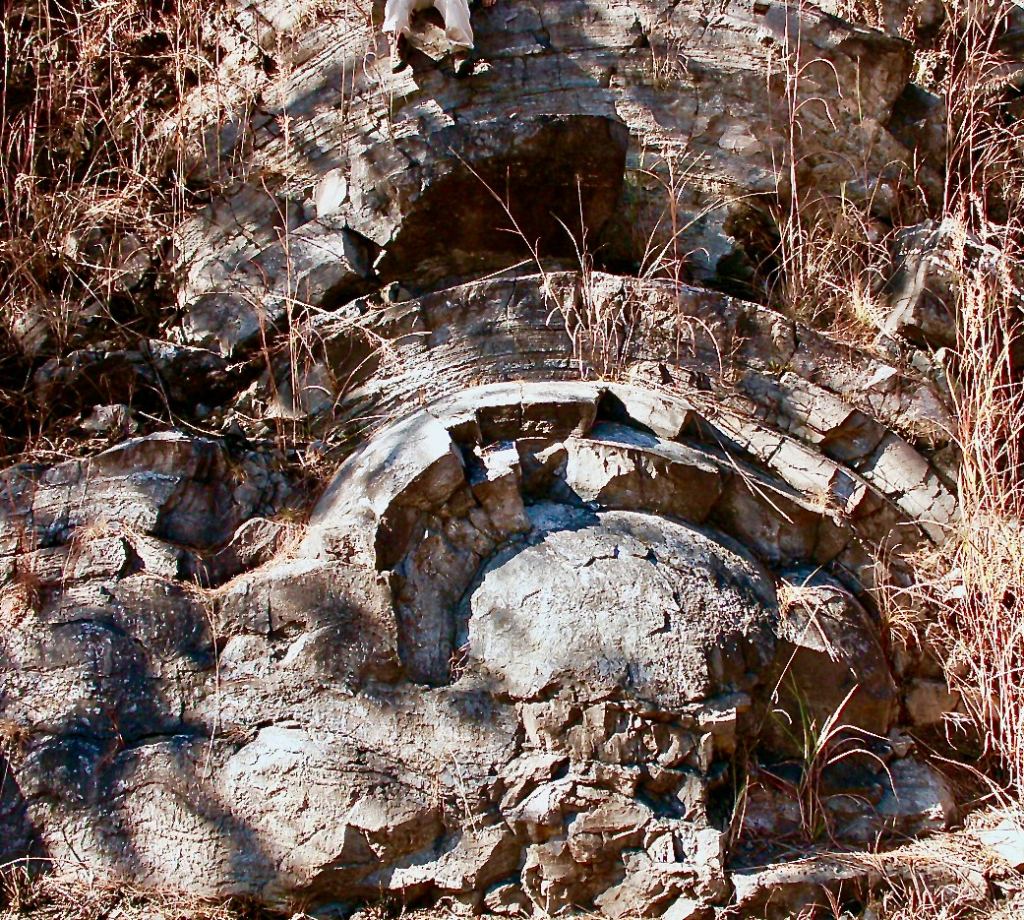
Evidence from ancient sedimentary rock, including banded iron formations, shows that about 2.5 billion years ago, the volcanic cycle had oxidized more of the material in the mantle. As volcanic activity continued, it produced less material that would readily combine with oxygen. Earth’s mantle was becoming more and more oxidized. Slowly, the oxygen produced by life-forms could accumulate in the atmosphere.
The mantle, once an oxygen sink, was becoming saturated. There was nowhere for the oxgyen to go but the atmosphere. That started the Great Oxidation Event, paving the way for complex life.
“Basically, the supply of oxidizable volcanic gases was capable of gobbling up photosynthetic oxygen for hundreds of millions of years after photosynthesis evolved,” said co-author David Catling, a UW professor of Earth and space sciences. “But as the mantle itself became more oxidized, fewer oxidizable volcanic gases were released. Then oxygen flooded the air when there was no longer enough volcanic gas to mop it all up.”
In their study the authors point out that things aren’t exactly this simple. There are other complexities involved, and other mechanisms that contribute to the oxygen content of the atmosphere. “However, this result does not exclude a role for other processes in the oxidation of the atmosphere…” they write.
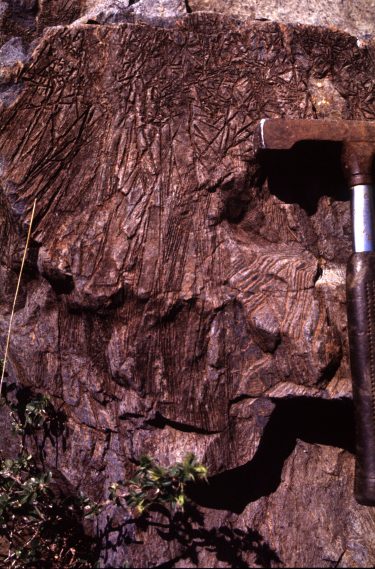
Without going into detail, there are other processes that can increase the amount of hydrogen and other oxidizable materials in the mantle, which are put into the atmosphere by volcanic activity. Other processes can make more of the existing hydrogen available, without changing the amount in the mantle. Earth was a busy place back then, and the cooling of the mantle affected all of these oxygen transactions.
This all happened billions of years ago. And though ancient rocks provide solid evidence in some ways, other things, like the flux rate of oxygen absorbed by mantle gases, had to be estimated as best as possible. One example of this regards the actual date of the GOE, and how there’s an “uncertainty envelope” around that date. The authors write that …”uncertainties in the fO2 <oxygen fugacity> time series and the oxygen flux estimates from the carbon isotope record propagate through the calculations, so that the uncertainty envelope allows an oxic regime even before ~2.5?Ga.” So it’s possible that the GOE happened sooner.
What’s interesting about this is not only how it affects our understanding of Earth and the emergence of complex life here. It also extends to our understanding of exoplanets, and their potential to support life.
“The study indicates that we cannot exclude the mantle of a planet when considering the evolution of the surface and life of the planet,” Kadoya said.
More:
- Press Release: Volcanic activity and changes in Earth’s mantle were key to rise of atmospheric oxygen
- Research Paper: Mantle data imply a decline of oxidizable volcanic gases could have triggered the Great Oxidation
- Universe Today: Science Fiction Might Be Right After All. There Might Be Breathable Atmospheres Across the Universe

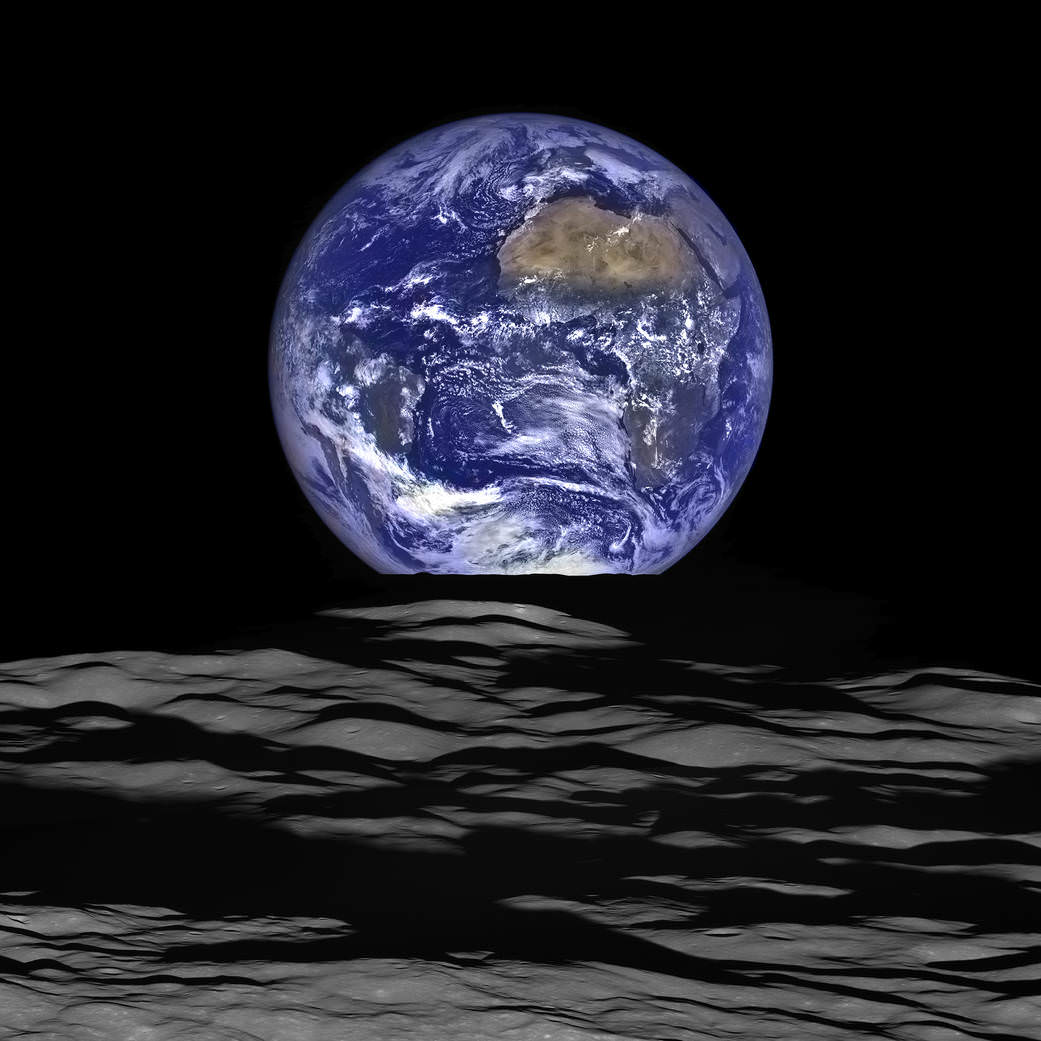
The work paints a very nice picture if an essentially linear oxygen fugacity trend in the mantle that go back about 3.5 billion years before it hits the inherent oxic/anoxic demarcation value. It is consistent with the idea that Earth first had to loose hydrogen from the atmosphere before its oxidation state started to change from reductive to oxidative from outside in.
The phylogenetic evidence for cyanobacteria is not as clear however, since the Great Oxygenation Event ushered in an enormous mass extinction where an estimated 99 % of species went extinct. The lineages that evolved chlorophyll split some 3 billion years ago, but the common cyanobacteria ancestor for the modern divergence overlap with plant endosymbiosis or a split time of 1-2 billion years ago [ https://www.ncbi.nlm.nih.gov/pmc/articles/PMC6152910/pdf/emss-78644.pdf ].
Coming back to the mantle trend, this work on similar mantle changes dates plate tectonic to at least 3.2 billion years ago, consistent with the fugacity trend:
“For the first time, we were able to demonstrate that a significant shift in mantle composition (or a major mantle remixing) started around 3.2 billion years ago, indicating a global recycling of the planet’s crustal materials back in to its mantle layer, which we believe shows the start of global plate tectonic activity.”
“To complete this research, the team looked at the time variation of the isotopic and chemical composition of approximately 6,000 mantle-derived basaltic and komatiitic lava rocks, dated to be between two and four billion years old.”
[ https://www.sciencedaily.com/releases/2020/06/200612111430.htm ]